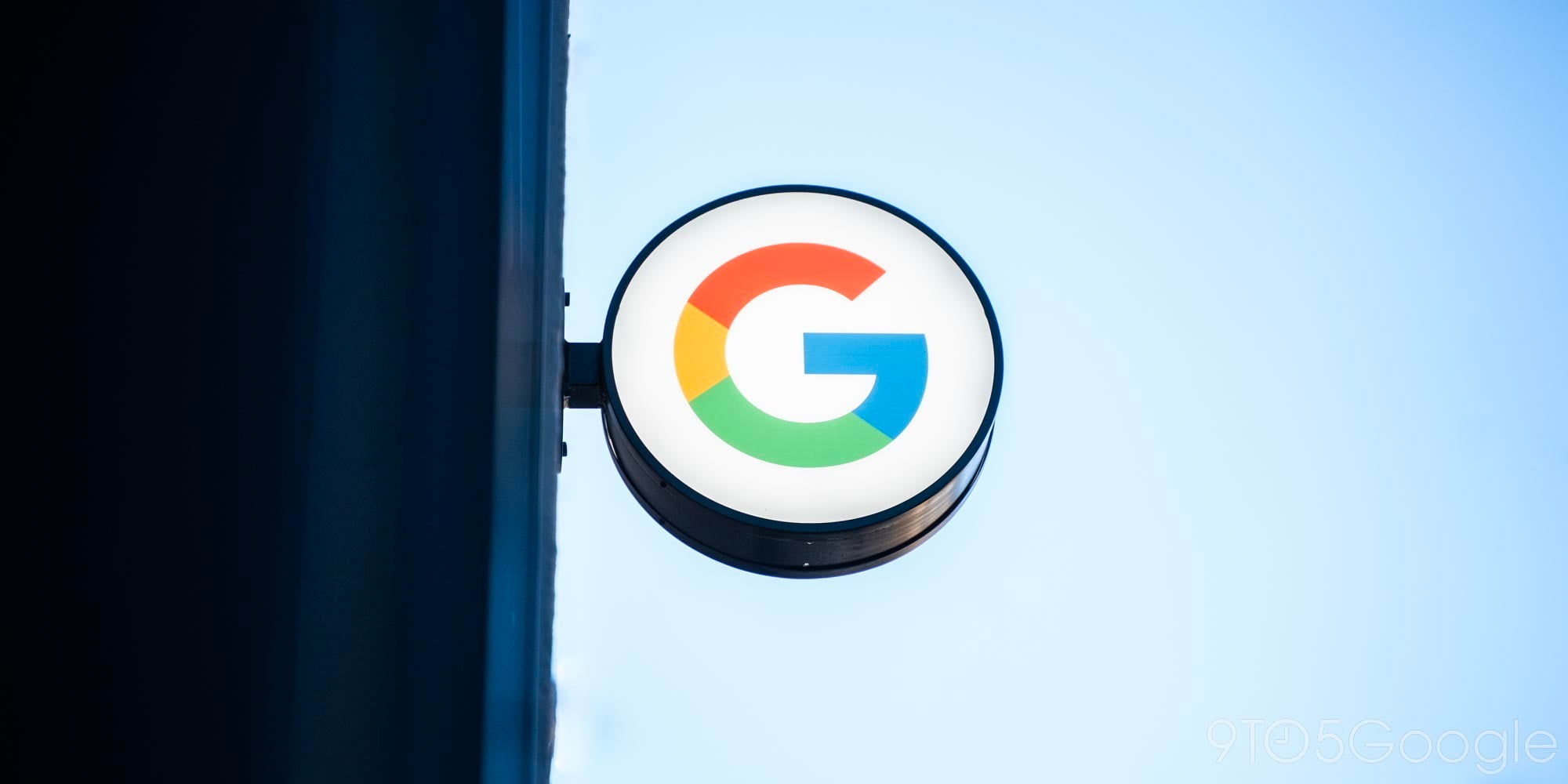
Battery life is always the biggest crutch of every smartphone. No matter what cool new features a phone might introduce, you still need to loosely plan when you’ll actually use those features to avoid having a dead phone by dinnertime.
Software optimization plays a big part in battery life, and some phones do it better than others; iOS has long been lauded for how much endurance it can squeeze out of a relatively small battery, but Android has gotten a lot better in recent years, too. Still, there’s only so much software can do — so what happens you just cram a 10,000 mAh battery into a phone?
Hardware
The K10000 Pro is named after its massive battery capacity, and is the second phone out of Oukitel’s K10000 series. From the outside, it’s a tremendous device — a whopping 14mm thick and 288 grams in mass. For perspective, it’s almost identical in thickness to my Galaxy S8 and Huawei P10 stacked on top of each other.
It’s not just big and bulky, though; the K10000 Pro feels sturdy enough to withstand any drop, and it’s made of nice enough materials, too. The frame is made of metal and the non-removable backing is Australian calf leather … though to be honest, it all feels a little plasticky, and the exposed screws all over the chassis don’t exude a particularly attractive design.

Around the frame is the standard fare of ports and controls; the power and volume keys rest along the righthand side, the speaker and microUSB port (no, not USB-C) line the bottom, and up top is a 3.5mm headphone jack. There’s also a fingerprint sensor beneath the camera on the back of the phone, and despite the body being so thick, it’s still easy to reach with an accurate readout.
It’s not the most comfortable phone, partially due to the sheer weight, but a more preventable cause is the painfully sharp corners. A lot of the time, holding the K10000 Pro for just ten or fifteen minutes is enough to leave my palm feeling a little raw from the corners. Thankfully the sharp corners can be mitigated with the included silicone case, but other hardware issues are less easily fixed.

For one, the K10000 Pro lacks some basic components like NFC and LTE connectivity. The touch targets on the capacitive keys are small and easy to miss, and unless you’re used to Samsung phones they’re arranged in the wrong order (Recent Apps, Home, Back). The 5.5-inch display is reasonably sharp at 1080p and has pretty decent viewing angles, but there’s an overwhelmingly blue tint that’s impossible to fix and hard to look at.
Worst of all is the microUSB port, and not just because it isn’t USB-C. The port itself is so deeply recessed into the chassis that I couldn’t find a single cable (save for the included one, of course) with a long enough connector to actually plug in. It almost feels intentionally designed to be pseudo-proprietary so you have to buy replacements directly from Oukitel. Almost.
Software
While it’s not quite the latest version of Android, it’s nice to see version 7.0 Nougat onboard, and a very lightly skinned version at that. There are a lot of preinstalled AOSP apps from way back in the days of Ice Cream Sandwich, like the web browser and calendar — all of which feel hilariously outdated compared to their modern Google counterparts.
There’s very little bloatware on the phone, but one added app that’s particularly welcome is the Themes app. The default icon set is disastrously inconsistent; some apps have a circular wrap around them while others sit in squares, and some have no border at all. Thankfully it just takes a few taps to change everything to more traditional icons.

One major frustration I ran into was with a menu in the settings called Smart Somatosensory. The idea is that you can enable different gestures to do things like flipping through photos in the gallery or taking photos by waving your hand in front of the display, etc. The problem is that there are no instructions or details on what gestures do what tasks, and even if you can figure out the commands by trial and error, they rarely work very well. The screen-off gestures are a different story though; you can draw letters with the screen off to launch different apps, and it actually works pretty well.
The Mediatek chipset powering the K10000 Pro is a good reminder that eight cores don’t always mean great performance. The phone struggles to keep up with in-game framerates, and even the system UI is enough to trip it up from time to time. It’s not the worst performer out there, but there are plenty of other phones within its price range that perform much, much better.
Camera
The cameras leave just as much to be desired. The 13 MP primary camera is an absolute mess; focus is a guessing game, and it has no idea how to handle multiple light sources. Colors are lifeless and seem to randomly jump between overly yellow or blue from shot to shot. The whole shooting experience feels a lot like using a flip phone from my childhood — though I’d prefer better quality over nostalgia.
HDR is essentially unusable, since the phone takes so long to capture an image. The end result is a doubling effect with even the slightest bit of hand movement. There’s at least a fun mode that lets you capture images from both cameras at the same time, and you can get creative for some interesting shots as long as you can wait on the processing time.
- Bad lens flare
- HDR doubling
Battery
Of course, the main feature of the K10000 Pro is its namesake, the 10,000 mAh battery sealed inside. Ten amps is enormous for a smartphone, and it can take a long time to charge; with a fast charger, you can get away with about three and a half hours from an empty cell. Don’t bother with a regular wall wart though, even leaving it charging overnight might not be enough.
In exchange for the long charge times, you’re rewarded with exactly the kind of endurance you’d expect. Between downloading and setting up nearly 100 apps, playing a few games, watching hours of YouTube and Netflix, and using Google Maps, I managed a little over five days from a single charge on the K10000 Pro. If you’re less demanding on your phone, you could squeeze even more out of it.

Even better, you can use the included OTG dongle (full-size to microUSB adapter) to turn the K10000 Pro into a portable battery pack for other devices. This isn’t a feature unique to the K10000 Pro — in fact, you can do this with just about any phone. But most phones don’t have such large batteries. While it otherwise might almost feel unnecessary or excessive to have nearly week-long battery life, this certainly makes a good case for road trips with friends or a camp night.
Final thoughts
The K10000 Pro is far from my first choice within its $180 price range. Its sluggish performance and massively overbearing hardware make it frustrating to use on a day-to-day basis, and the cameras might as well not even be there.
On the other hand, its huge battery (of course) is a great selling point on its own, and a lot of people could be willing to put up with the phone’s flaws in exchange for the convenience of rarely having to charge it.
Where to buy
FTC: We use income earning auto affiliate links. More.




Comments